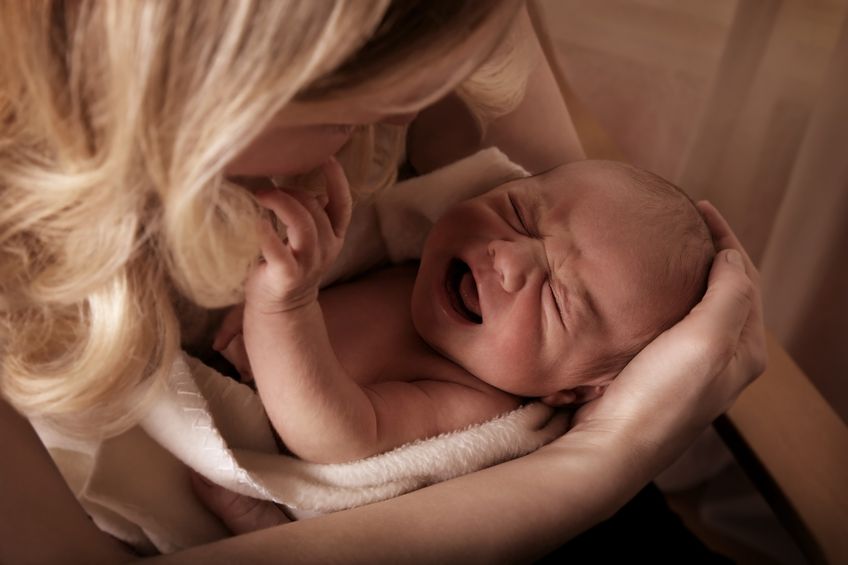Developing compassion for Traveling Babies and their Ears
I was recovering from a cold last week. It started on Monday with a strange feeling that I was cold and coming down with something. I was miserable on Tuesday and Wednesday. By Thursday, I was feeling better but sounded pretty bad; I had managed to sign myself up to teach on Thursday morning and had to encourage my student group to do most of the talking.
I thought that I was through the worst of it by Friday, but I was scheduled to travel. For the third time in as many years, I accompanied our University of Colorado School of Pharmacy students to the national Student Pharmacist Compounding Competition. This year the competition was hosted by the University of Southern California School of Pharmacy in Los Angeles.

Ears Under Pressure!
I usually enjoy traveling, but this time was different because of my ears.
Treatment of the common cold is symptomatic, which means that whatever makes you feel better is good medicine for you. I was recovering from my cold and doing pretty well on hot tea and generic guaifenesin to loosen my cough.
I traveled so much last year, that I earned A-list status on Southwest Airlines, so I got a great seat on flight 4003 to LAX. I enjoy seeing children travel – they remind me of my grandson – but this time there were no crying children around.
This time it was me! This was the first flight I’ve taken during which my ears did not “pop” as we took off and landed.
The Eustachian (pronounced “you-station”) tube connects the ear drum to the nose.
- The Eustachian tube allows pressure to equalize between the outside of the ear and the inside of the ear.
- This makes the familiar “ear pop” as we move up or down in altitude, such as when we fly.
- Our Eustachian tubes mature as we age; in children they are harder to keep clear, in adults they usually stay open.
When one or both Eustachian tubes are blocked, the pressure does not equalize; instead the ear drum stretches to bulge in one direction or the other depending on whether you’re moving up or down in altitude.
I began to notice a stuffiness in my ears as we took off and it made for an uncomfortable flight as I opened my mouth wide, swallowed, tugged on my ears, and did everything I could think of that might have helped relieve the pressure. You wonder if your ear drums will burst. If I had been younger, I would have wailed. Even at my age, I was tempted to make noises similar to Chewbacca the Wookie on Star Wars.
When we landed, I got off the plane feeling like my head was pressurized, and the feeling lasted for 20 minutes or so. I wondered what I looked like. Eventually, relief came in several steps as my ears gradually re-adjusted.
My experience left me with great compassion for the flying babies who cry on take-off and landing. For myself, I’ll try to make sure before flying that my nose and Eustachian tubes are clear and consider a decongestant prior to flying if I have concerns.
For you, consider talking with your community pharmacist if you’re concerned about taking your cold into the air. Trust me (I’m a pharmacist!) – you don’t want to feel like a baby when you fly. Your pharmacist is ready to help. Take care of your ears.
Resources:
Advice from the American Academy of Otolaryngology
Ears and Altitude











